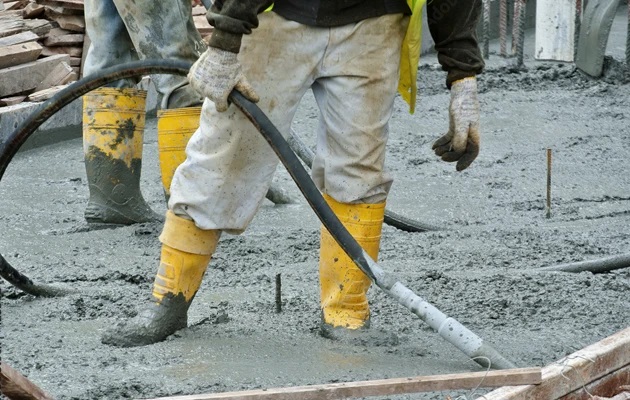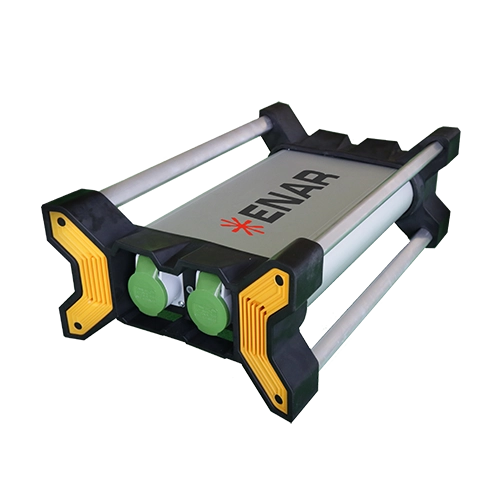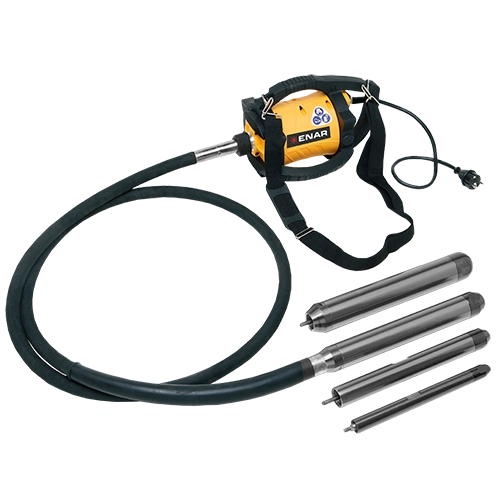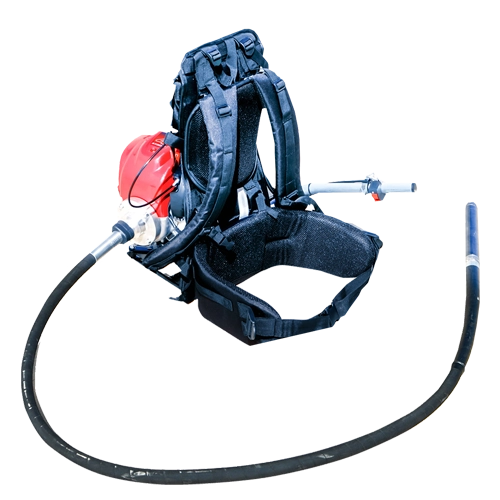
Fundamental steps for a correct concrete vibration process
1- Correct use of the concrete vibration equipment:
The initial head introduction onto the concrete must be made quickly and vertically. If the introduction is performed slowly, the desired depth is not reached and vibration takes place on the unwanted place. The layers on top become compacted and the air on the inferior ones remains trapped on them. We recommend to perform brief introductions (5-15”) with short incisions rather than long prolonged ones.
2- Radius and action area:
Creating a suture effect between layers can guarantee a more homogeneous mass, lowering the possibility of finding structural failures.
3- Pay attention to internal movements:
It is recommended to access with the vibrator to corners and other difficult-access places, taking care of not touching the formwork.
4- Importance of the re-vibration process:
Performing a second vibration process or `revibration´ improves the aesthetic appeal, avoids the apparition of crates and increments the resistance of the structure itself.
5- Petrol or electric equipment:
ENAR offers a wide range of concrete vibration products that go from petrol to electric functioning adapting the necessities of the each user.
How to choose a concrete vibrator?
- Characteristics of the structure (distance between the armors, height, magnitude of the construction work, concrete quantity…)
- Using purpose of the vibrator (small short projects, continuous use, significant projects…)
- Type of concrete (consistence, density…)
- Type of actioning (electric, diesel, petrol, compressed air, battery…)
The latest in press and news...
Related Products
.webp) i-SPYDER
High-Frequency Electronic Converter
i-SPYDER
High-Frequency Electronic Converter
Internal - High frequency
 BOXEL
High-Frequency Electronic Converter
BOXEL
High-Frequency Electronic Converter
Internal - High frequency
 DINGO
Eccentric Electric Vibrator
DINGO
Eccentric Electric Vibrator
Internal - Eccentric
 BACKPACK
Gasoline-Powered Backpack Vibrator
BACKPACK
Gasoline-Powered Backpack Vibrator
Internal - Eccentric
 VPB E-BATT
Battery-powered Pistol Concrete Vibrator
VPB E-BATT
Battery-powered Pistol Concrete Vibrator
Internal - Pendulum


.webp)
.webp)
.png)